No. Just no.
Can we take a Time Out on the frankly bizarre attempts to shoehorn sciencey-sounding nonsense into climate change denial until we don’t need to constantly debunk volcano myths?
1. Sea level is not level.
2. Sea level is changing both globally & locally.
3. Global & local (relative) sea level change are independent.
4. Sea floor sediment depth has zero impact on surface water volume.
This is the geoid, an imaginary surface of mean sea level for the entire planet as if its shape was determined exclusively by gravity & rotation.
x1000 vertical exaggeration:
More:
science.nasa.gov/earth-science/…
gizmodo.com/meet-nasa-s-ne…
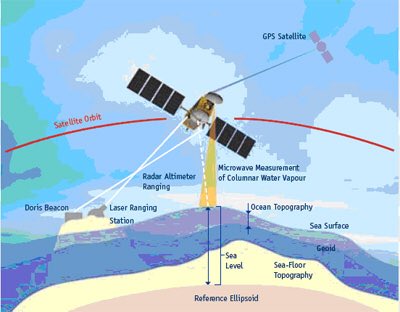
Globally, sea levels are rising as ice sheets melt & oceans warm (thus expand in volume): climate.nasa.gov/vital-signs/se…
Locally, it’s more complicated.
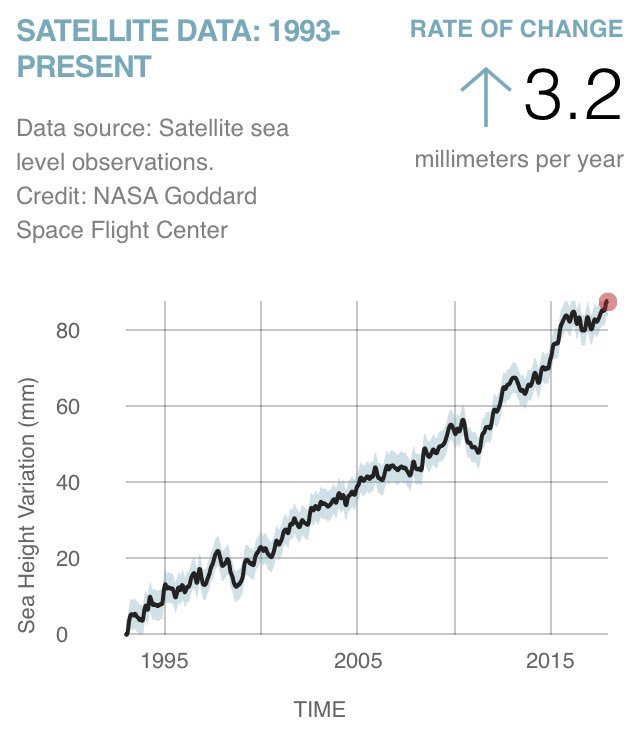
Land sinks? Local sea level rises (on top of global sea level rise).
Land rises? Local sea level sinks (reducing impact of global sea level rise).
Subsidence: ground compacting
Tectonics: tectonic plates bending
Isostatics: gravitational rebalancing
Deltas are squishy unconsolidated sediment that slowly compacts. If no new sediment piles on top (because humans are controlling floods or stabilizing ports), delta sinks (subsides) & local sea level rises
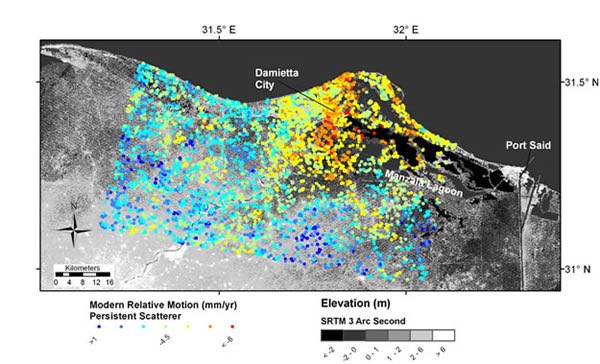
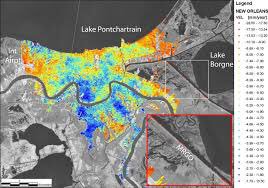

When the plates lock, the top plate is uplifted (dropping local sea level).
When they slip (earthquake!), the top plate drops (rising local sea levels). Part of how we ID ancient earthquakes is by drown ghost forests
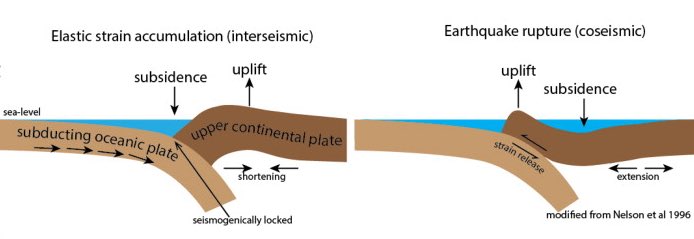
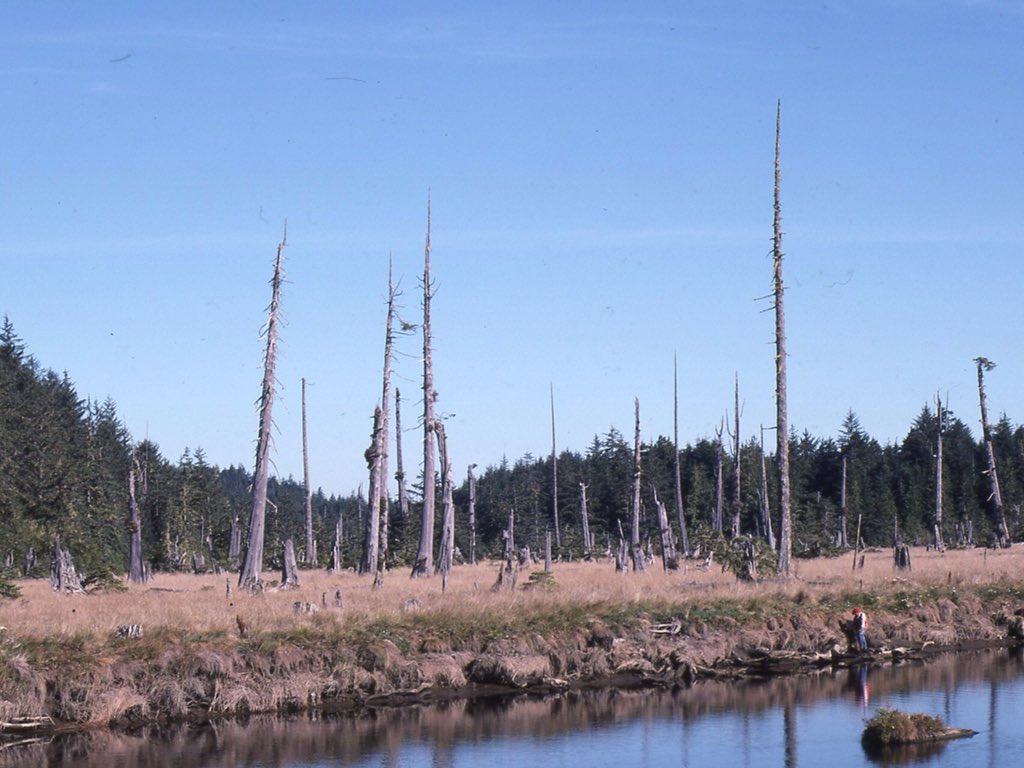
Add weight (ice sheets)? Land sinks.
Remove weight (ice melts)? Land rises.
More (by me): io9.gizmodo.com/why-are-sea-le…
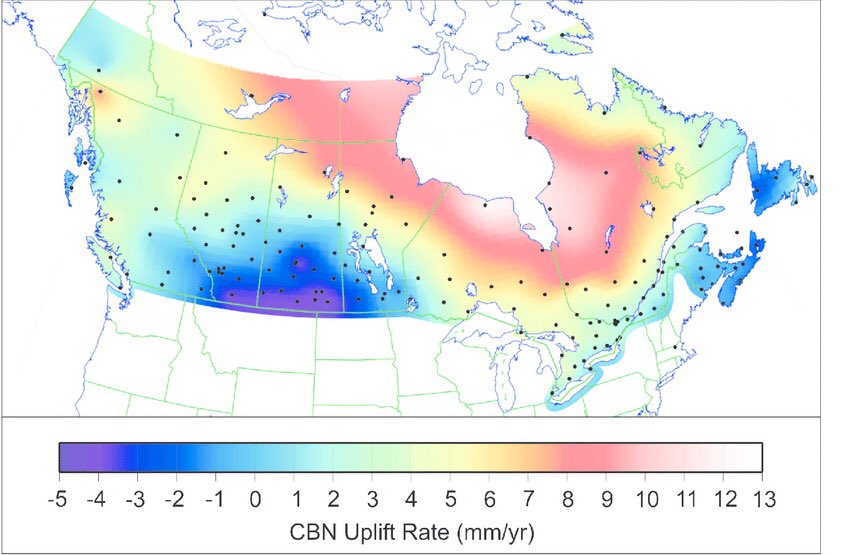
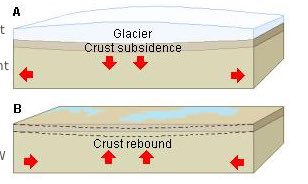
S-waves can’t propagate in liquids (outer core), but travel through the mantle. Geophysicists think about flow on way different scales than normal conditions.
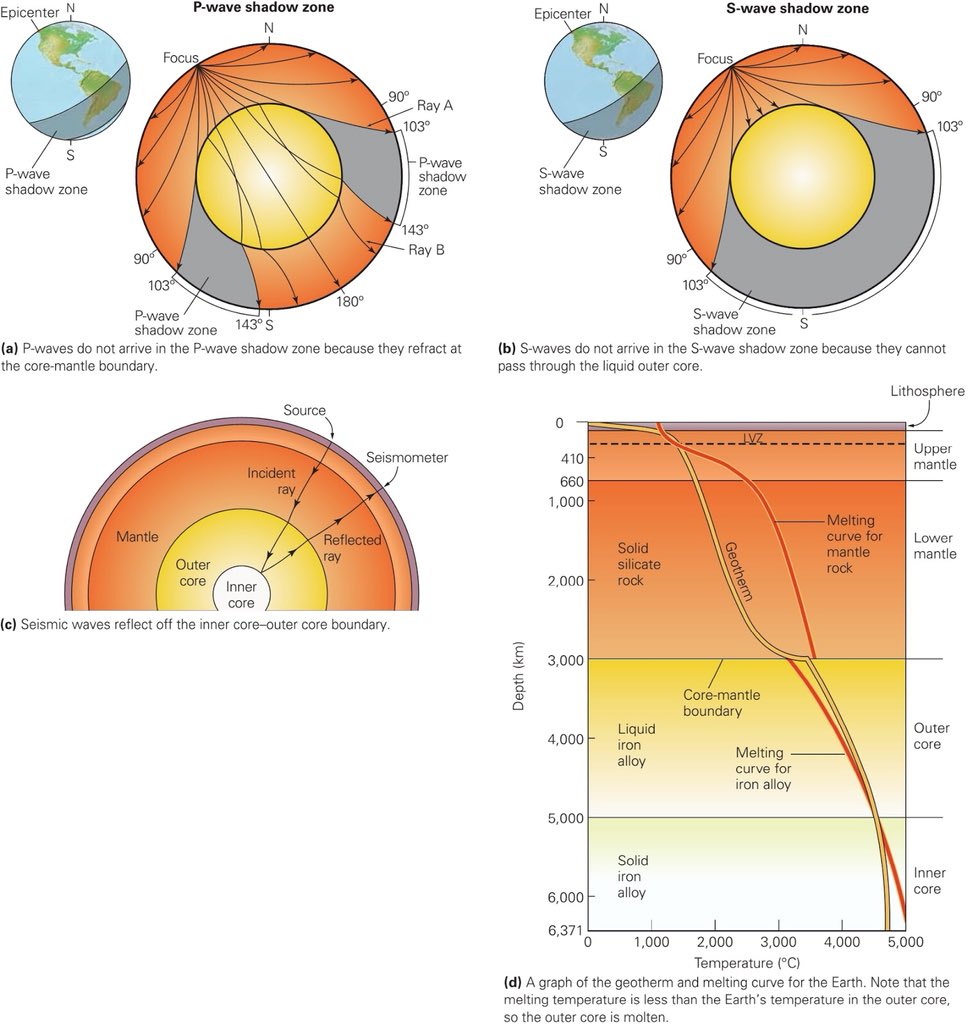
I live in the PNW, a region of tectonic uplift AND isostatic rebound: local sea level drop.
I’m on bedrock, but the nearby Fraser River delta (home of Richmond, Dekta, & YVR Airport) is subsiding: local sea level rise.
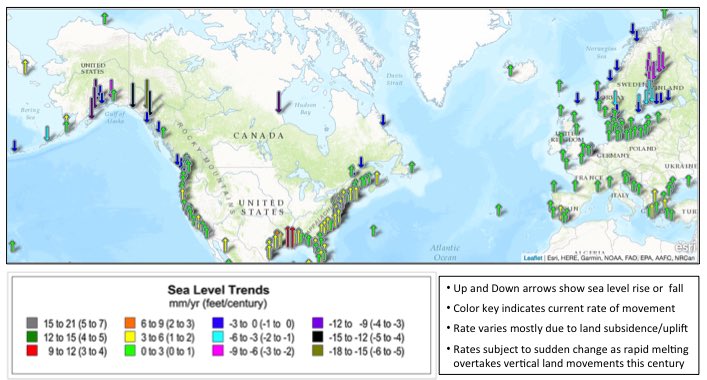
Our planet has had liquid surface water for ~4.4 billion years.
Oceans are a few kilometers deep.
Sea floor sedimentation rates are (very very VERY roughly) 1mm/year.
If “Fill the oceans with sand” were a thing, it would’ve happened long ago.
This means we get quakes, a wider variety of volcanoes, fresh mountains, & (relevant today) seafloor recycling (including carbon sequestration).
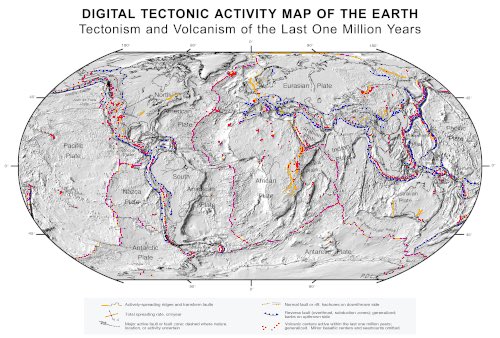
No, not enough crap falls in the ocean fast enough to impact sea level.
Yes, sea level is change is complicated, but it’s not THAT complicated. It all tl;dr’s down to “Global sea level is rising, and it’s a problem.”
That means it’s also the sediment that gets washed back onto land as beaches, or subducted & recycled into new rock.









